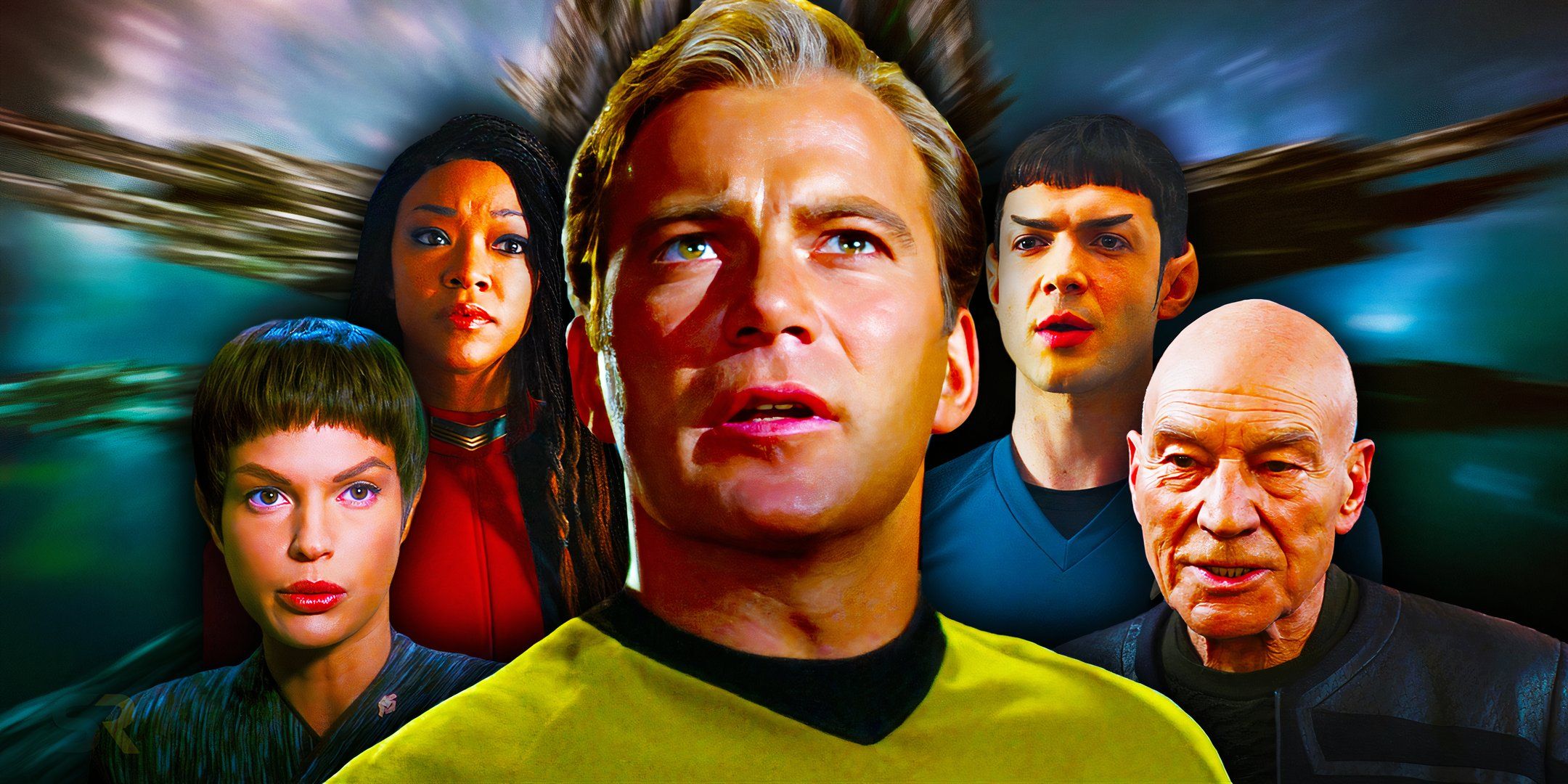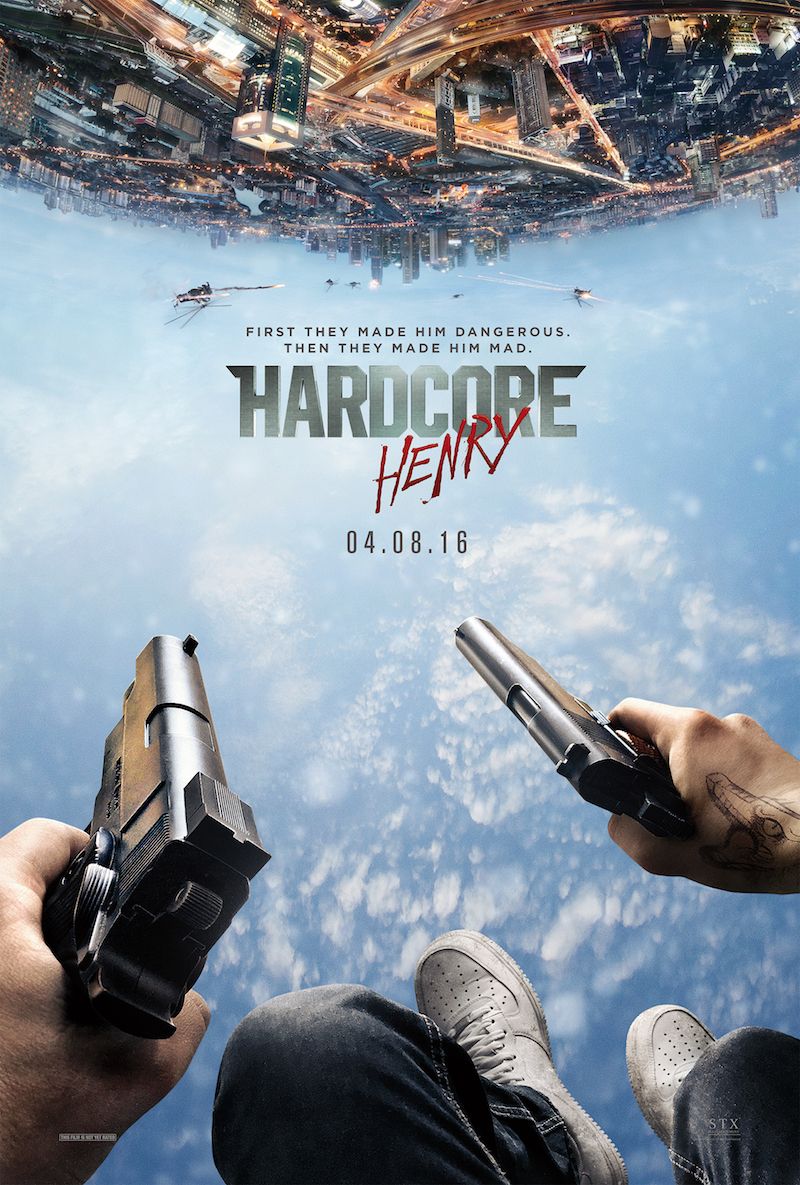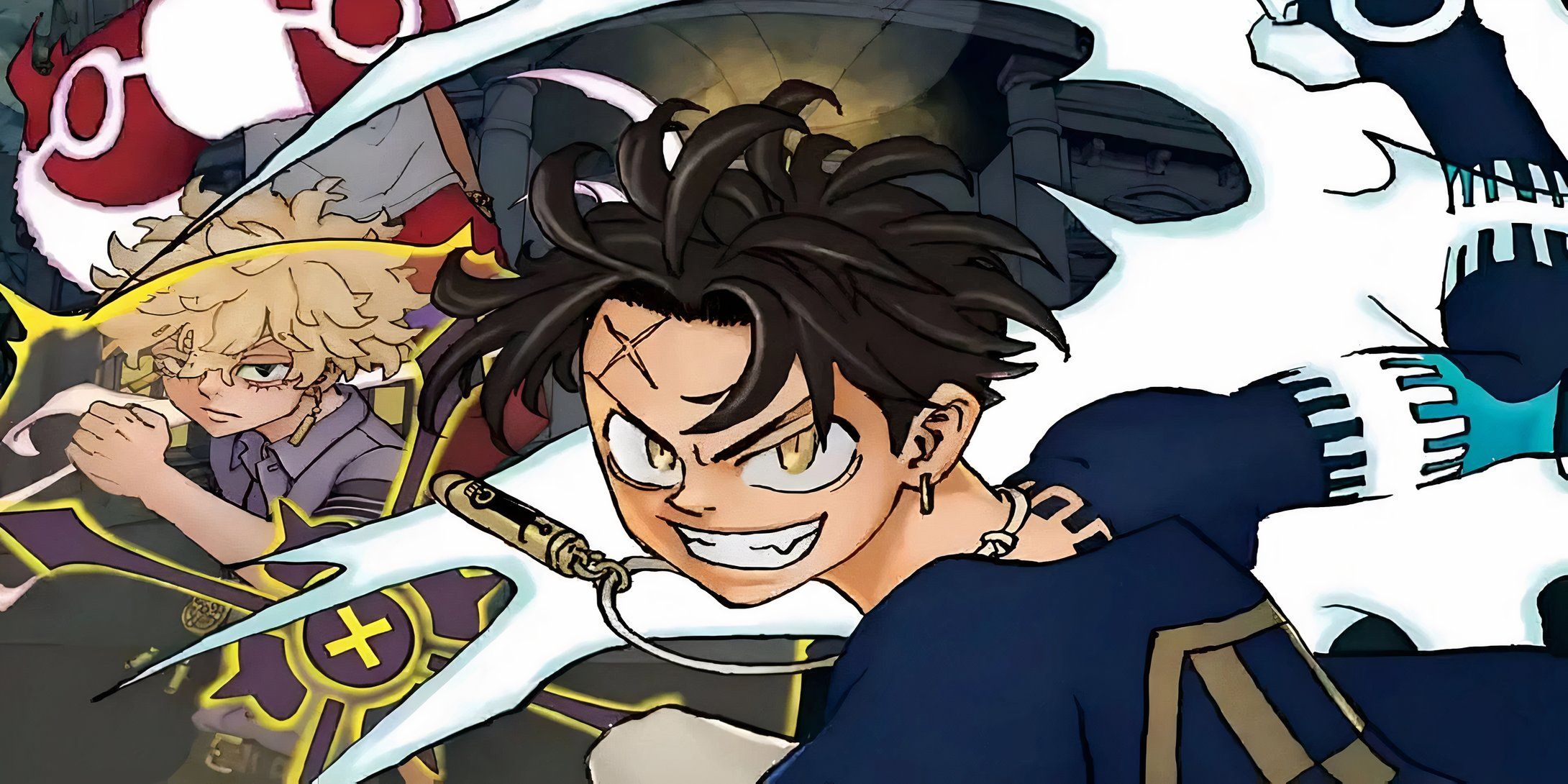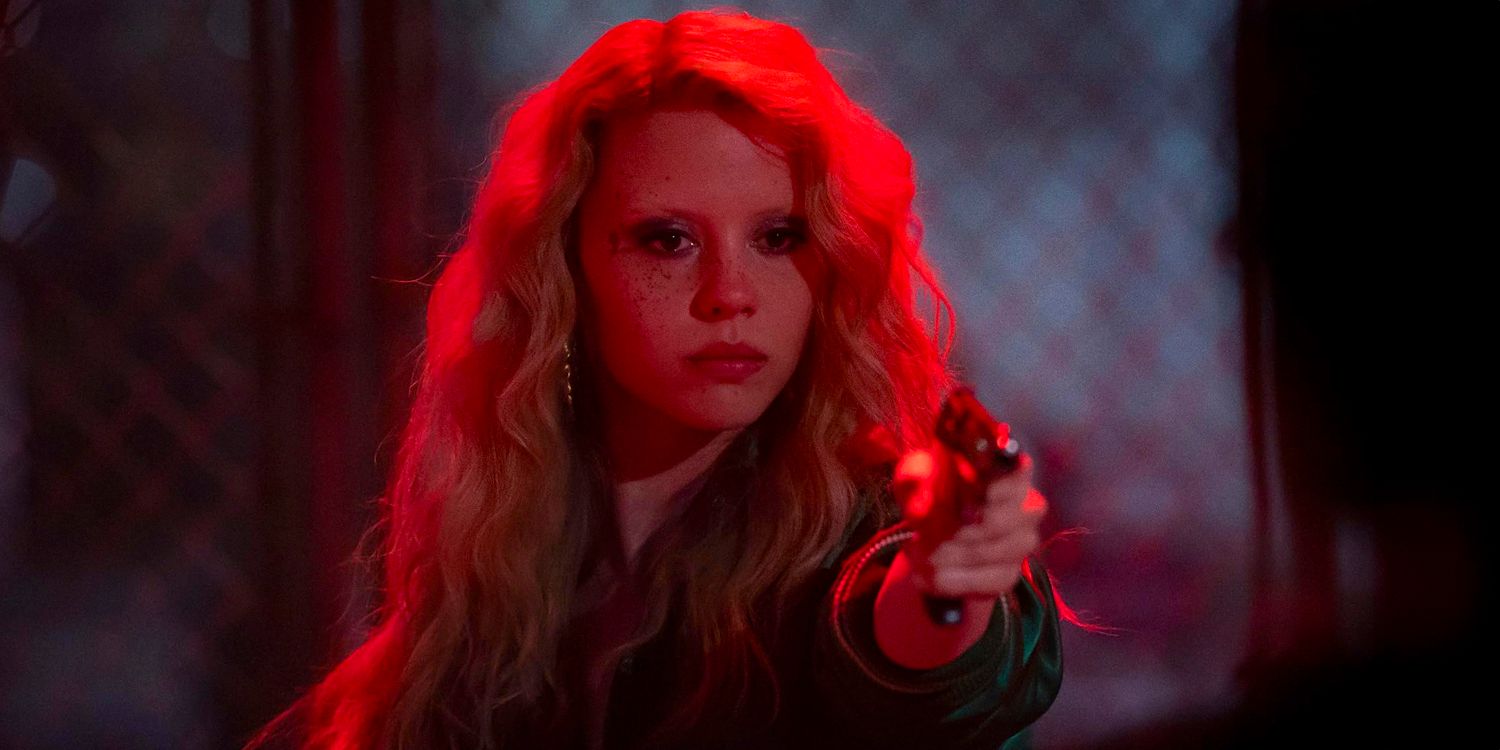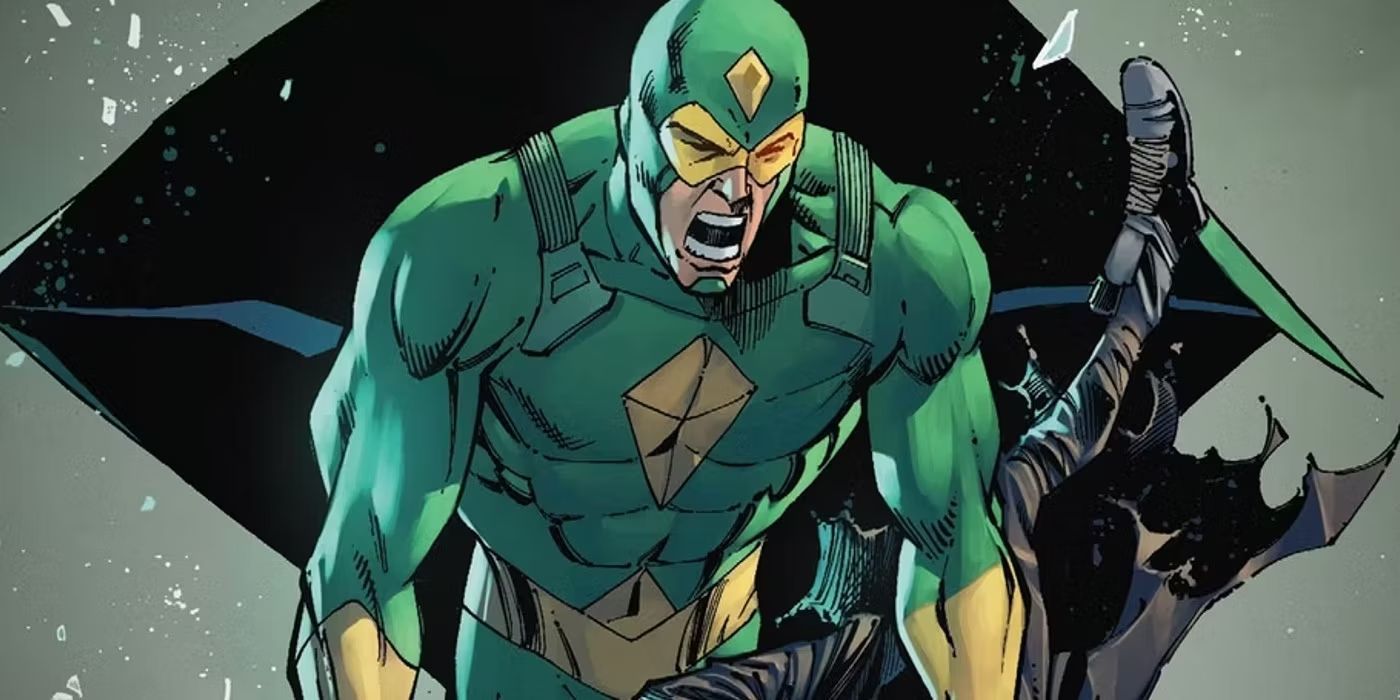Disney’s Tangled and The Hunchback of Notre Dame bear striking resemblance to each other, so why is the former more successful than the latter? Whilst at a brief glance, the two films may not seem like they share a lot in common, but upon closer inspection their similarities are evident. Though both films have been financially successful for Disney, Tangled is undoubtedly the most popular of the two. Tangled is lined up to have a live-action film, spawned its own animated series, earned more at the box office, and even has a special area dedicated to the setting of the Kingdom in a Disney park.
It is clear that Disney has a specific winning formula when it comes to its films, especially its animated pieces. Both Tangled and Hunchback adhere to this formula, but they also share a lot of specific parallels. This leads to speculation as to why Hunchback didn’t reach the same heights of success as Tangled.
Both films are set in Europe, with the protagonists of each movie, Rapunzel and Quasimodo, both locked away in a tower by their respective guardians. Their parental situation is similar, though Rapunzel isn’t orphaned, as they were both ripped away from their true families as children. They are both locked away for the same reasons, too, being told that the outside world is dangerous and judgmental, and kept for personal gain by Frollo (penance, a way to heaven) and Gothel (to keep her young). The ‘princes’ of each film, Phoebus and Flynn, seem almost exactly alike in the personality department, sharing a lovable and cheeky nature, even repeating the same line; “Alone at last.” Finally, Esmeralda’s goat, Djali, provides comedic relief and is her most loyal companion in a similar vein to Rapunzel’s chameleon, Pascal. With such acute comparisons between the two, why is one more successful than the other?
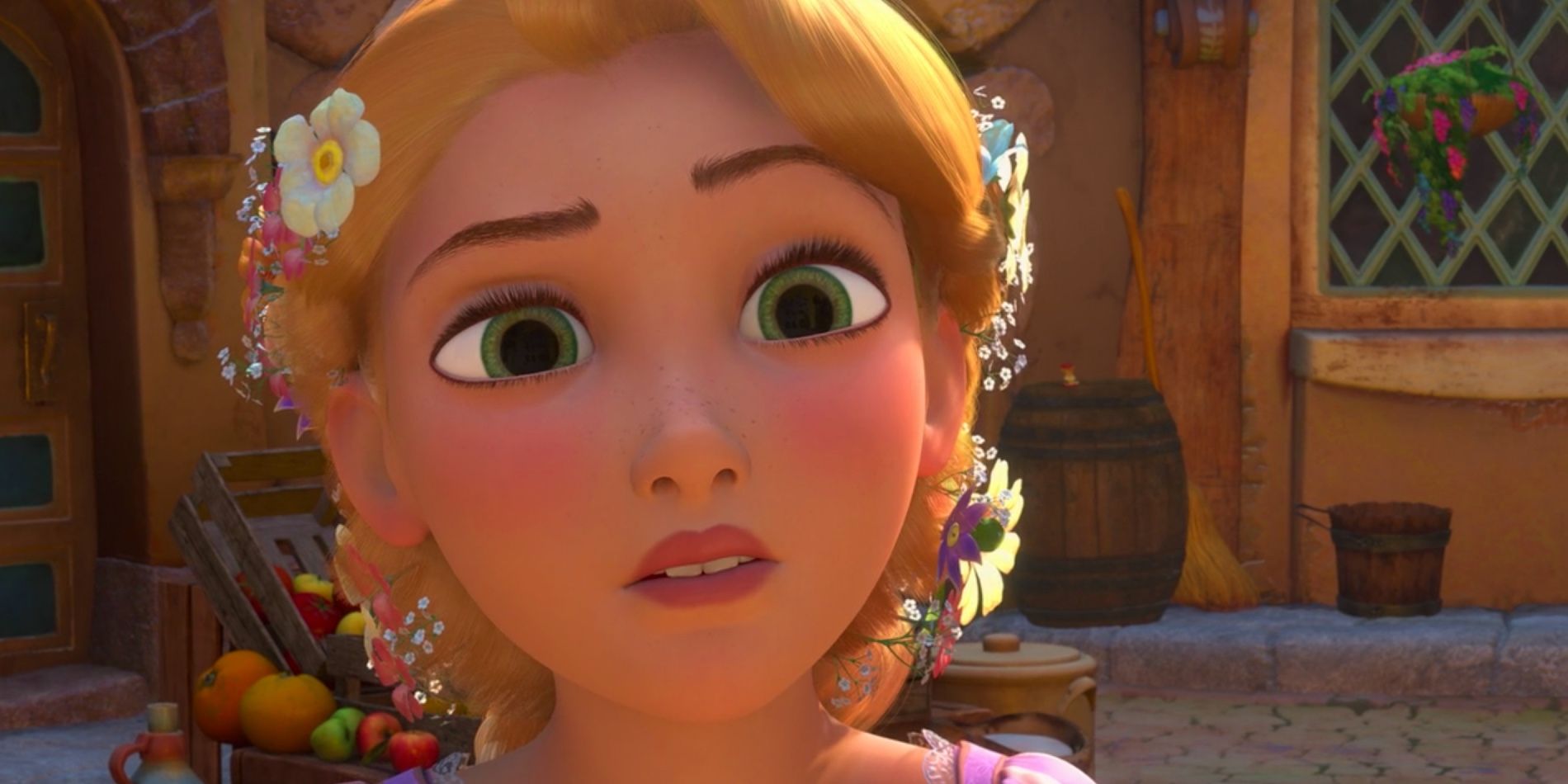
Tangled‘s popularity over Hunchback‘s could be because of its less controversial nature, as the latter directly tackles particularly heavy themes. Whilst Tangled still draws attention to the Disney movie villain Gothel’s gaslighting and abuse, it is not so overt as to make the film completely serious, as the film remains fairly light-hearted and traditionally Disney. Compare this to Disney’s adaptation of the political French novel, which heavily features prejudice, anti-Romani issues, power corruption, and religion. Hunchback was a financial success, but there was discourse surrounding its non-Disney themes, and some people took issue with whether it was really a child-friendly film. There were further disadvantages with the film, as it was released in the midst of Disney’s iconic renaissance which introduced a plethora of new royalty, but Hunchback distinctly lacked an official Disney princess. Rapunzel in Tangled, on the other hand, has become a favorite amongst the Disney princesses, and the introduction of a new princess was undoubtedly a selling point for the film.
Both Tangled and The Hunchback of Notre Dame are Disney successes, and have stood the test of time. Yet, it’s interesting to note how they vary in achievement despite their similar aspects, and how they show what Disney’s audience looks for in a traditional Disney film.
